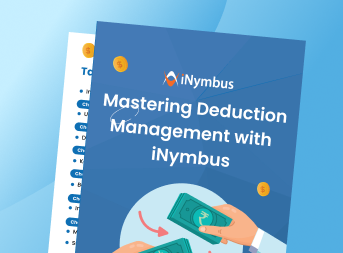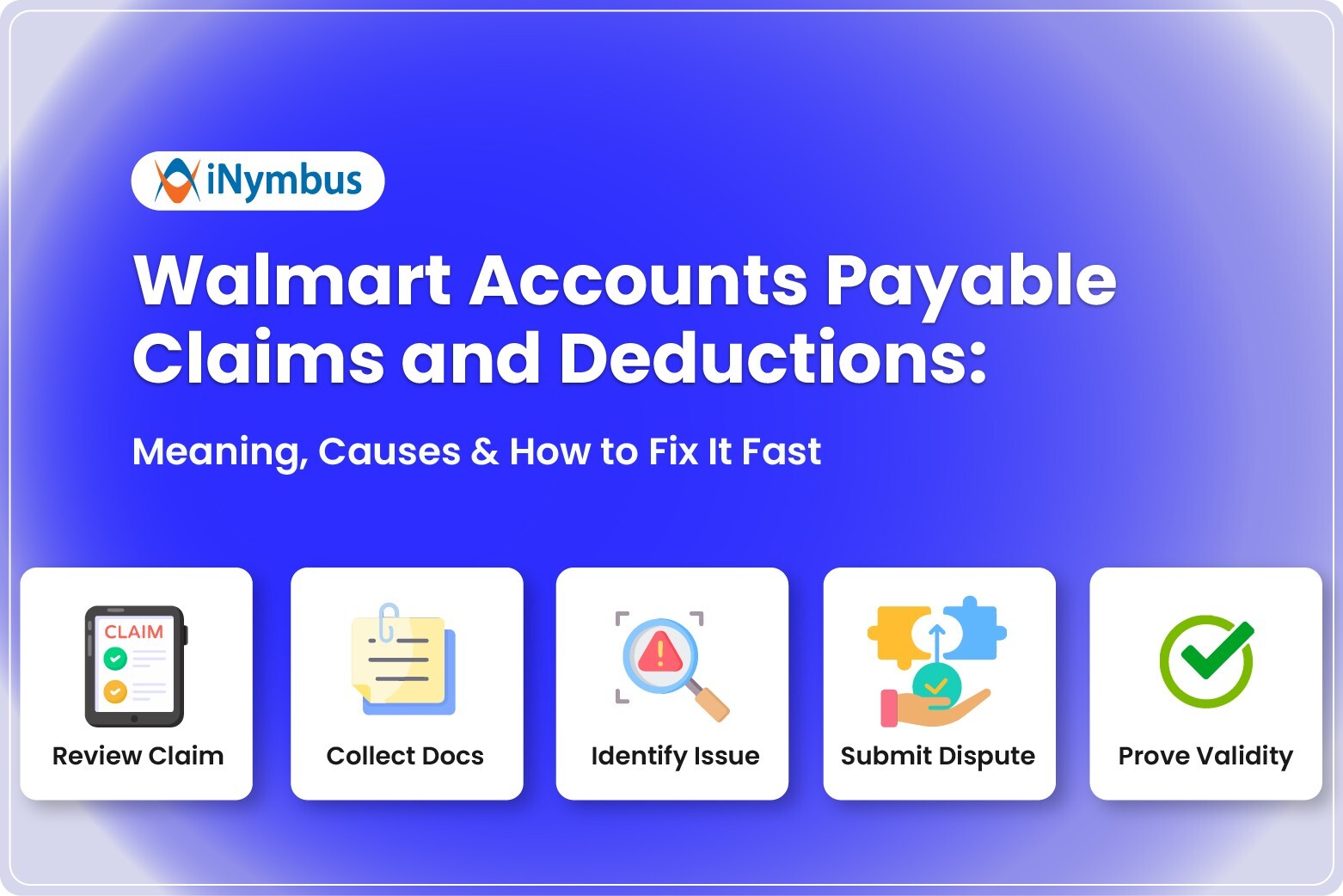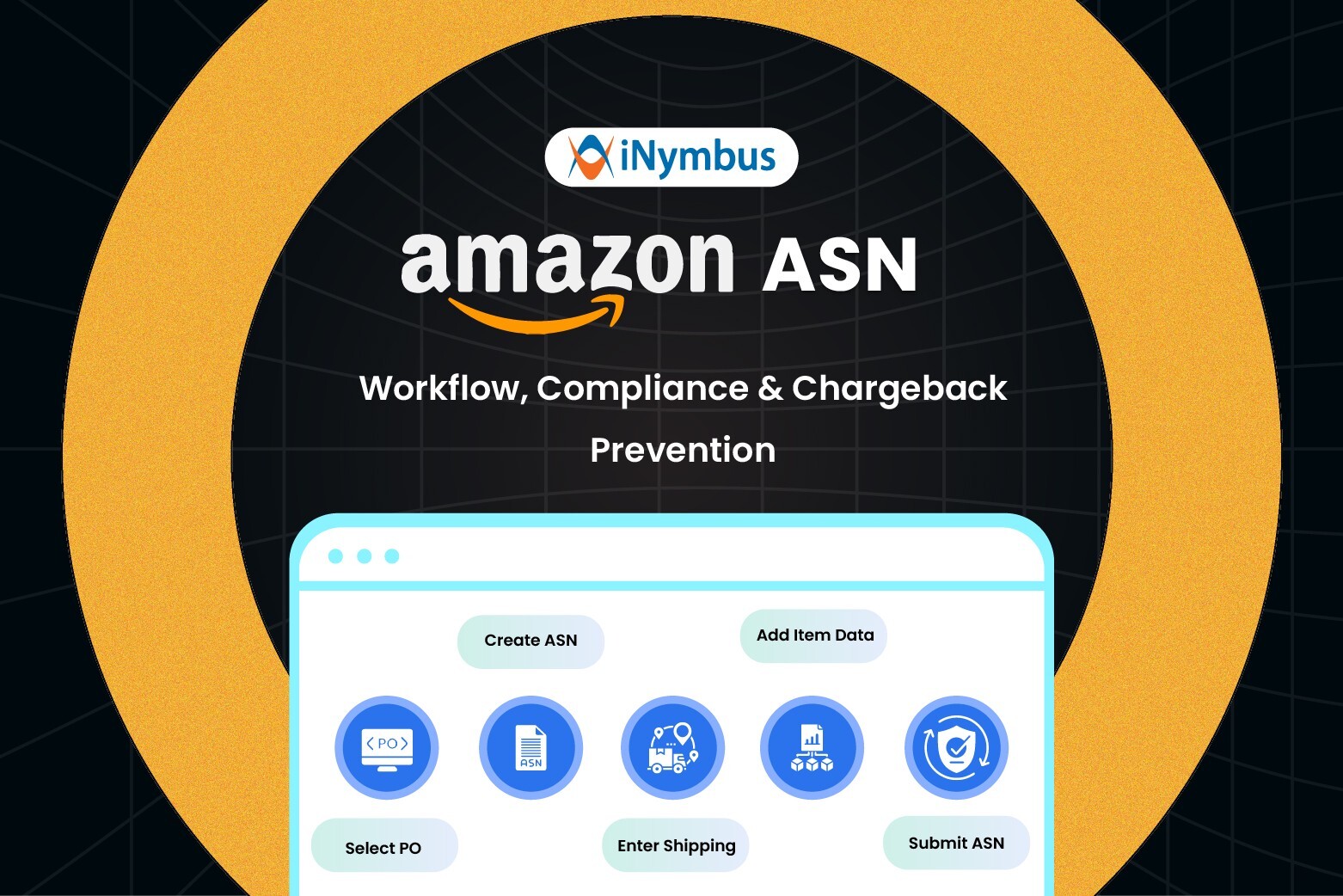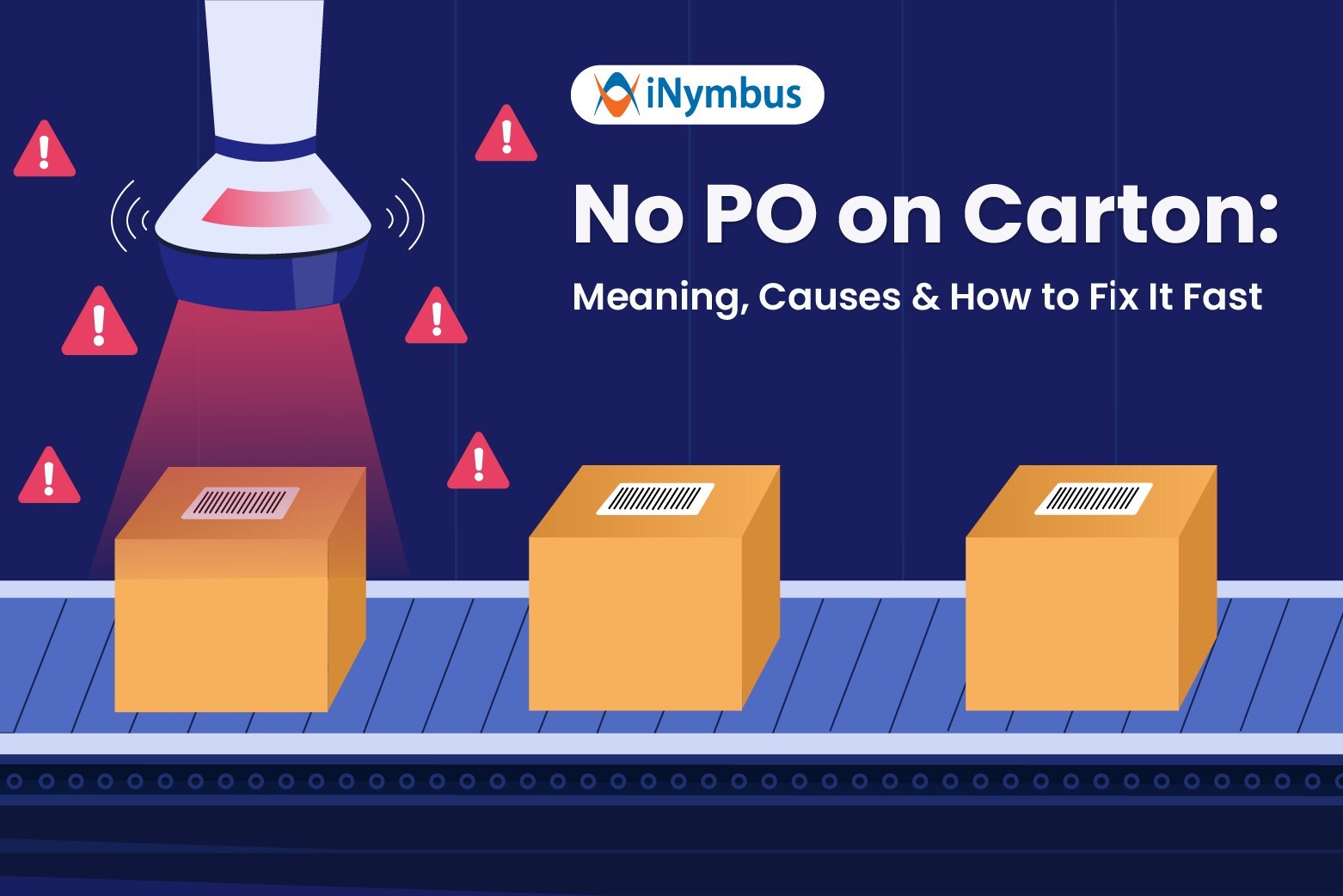Walmart Allowance: Complete Supplier Guide to Protect Your Margins
 A 10% new-store discount, +2% warehouse, +1% promo, like this 13% gone before AR even sees the invoice. Allowances at Walmart are contractual, system-driven, and unforgiving. They’re not random deductions; they’re built into your Supplier Agreement and triggered by PO data, store flags, and timelines.
A 10% new-store discount, +2% warehouse, +1% promo, like this 13% gone before AR even sees the invoice. Allowances at Walmart are contractual, system-driven, and unforgiving. They’re not random deductions; they’re built into your Supplier Agreement and triggered by PO data, store flags, and timelines.
In this guide, we’ll break down where they originate, how they flow through POs and invoices, and the exact checkpoints to prevent bad deductions, plus how to dispute fast when they still slip through.
What Are Walmart Allowances?
Walmart “allowances” are pre-agreed cost reductions tied to promotions, distribution, or other functional needs. They appear as percentage-based deductions on POs and are automatically calculated into invoices.
Common allowance types include:
- SA (Slotting Allowance) – Fees for placing products in new stores.
- OL (On-Line Allowance) – Discounts for eCommerce promotions.
- DM (Distribution/Merchandising Allowance) – For distribution center handling or merchandising services.
- PA (Promotional Allowance) – Short-term marketing or discount campaigns.
These allowances aren’t inherently bad; they’re part of the cost of doing business. But when applied incorrectly or excessively, they can erode margins that aren’t necessary.
Why Deductions Happen
Deductions linked to allowances typically fall into three categories:
- Contractual Misalignment – Terms in the PO don’t match your Supplier Agreement.
- PO/EDI Errors – Incorrect mapping of allowance fields, store flags, or PO types.
- Timeline Mismatch – Promotions charged outside their agreed date range.
Once the allowance is coded in the PO, it flows automatically through invoicing and into Accounts Receivable. If unchecked, you only discover the loss when reconciling Retail Link data, weeks or months later.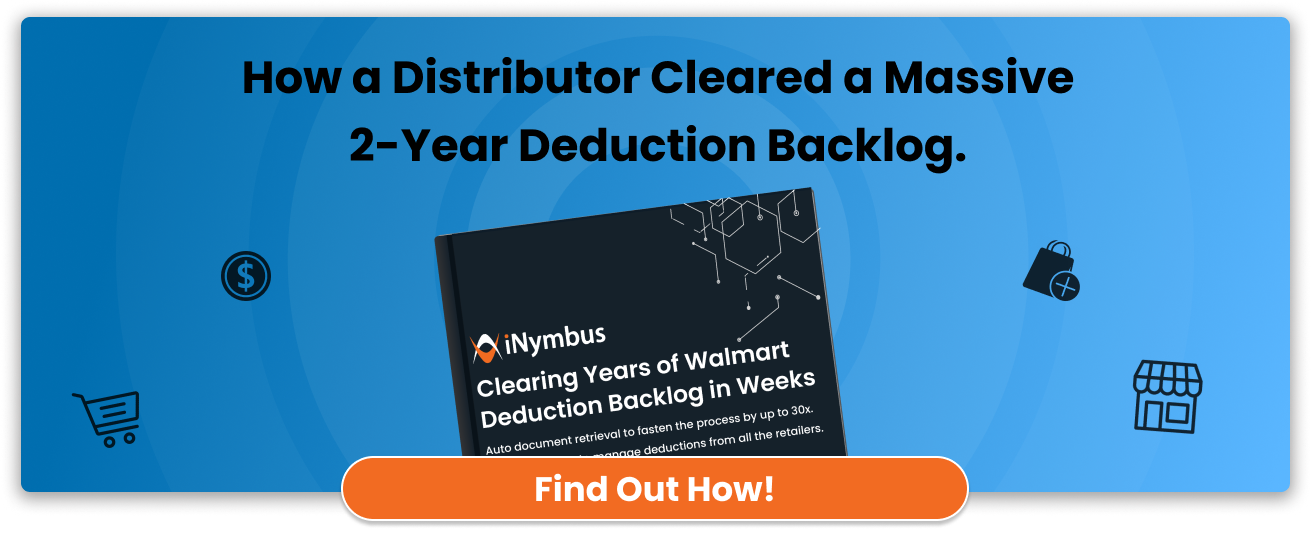
How to Prevent Allowance Deductions: 5-Step Guardrail
To protect margins, treat allowances like controllable settings, not unavoidable losses.
1️⃣ Confirm Contract – Never accept an allowance not in writing within your Supplier Agreement.
2️⃣ Check the PO – Verify cost, % allowances, store flags, and PO type before invoicing.
3️⃣ Validate Dates – Ensure promotions match the agreed timeline.
4️⃣ Save Proof – Keep PO, contract, and delivery docs together for quick reference.
5️⃣ Review Reports – Use Retail Link/DSS to spot and dispute unexpected deductions fast.
Disputing Incorrect Allowance Deductions
Disputing a deduction isn’t just about clicking “Submit.” You need to gather evidence, present a solid case, and follow Walmart’s APDP workflow to the letter.
Step-by-Step Dispute Process
- Log in to Retail Link and open the Accounts Payable Dispute Portal (APDP).
- Create a new dispute.
- Select the relevant details for the deduction you want to dispute.
- Add a clear description explaining why the deduction is invalid.
- Attach proof or supporting documents (PO, invoice, POD, supplier agreement, etc.).
- Submit the dispute and track follow-up until resolution.
Walmart Allowance Codes: Meanings + Dispute Guide
| Code | Description | How to Dispute | How to Avoid Similar Claims |
|---|---|---|---|
|
10
|
Price difference as documented |
This type of claim is generated when the comparison between the invoice and the PO identifies multiple errors in allowances and costs, mainly used for Line Level Matching Suppliers. |
Review P.O. for correct cost and allowances information. Do not ship the product if the information is not correct. Contact the Buying Department. Pricing and or allowances are not considered for payback. |
|
46
|
Freight Allowance |
Review PO / Supplier Agreement. Contact Buyer if necessary. |
Verify freight terms match the PO. Keep written records of negotiated freight allowances. |
|
50
|
Advertising Allowance (AA) |
Review PO / Supplier Agreement. Contact Buyer if necessary. |
Verify all information and terms on your P.O. before shipment. Your sales representative should have written correspondence for any "special" PO deals. Suppliers should review POs before accepting them, as P.O. allowances listed on Supplier Agreements will not be considered for payback. |
|
51
|
Promotional/Display/Fixture Allowance (PA) |
Review PO / Supplier Agreement. Contact Buyer if necessary. |
Confirm promotional terms in writing before shipment. Retain proof of agreed promotions. |
|
52
|
Volume Allowance |
Review PO / Supplier Agreement. Contact Buyer if necessary. |
Verify all information and terms on your P.O. before shipping. Your sales representative should have written correspondence for any "special" PO deals. Suppliers should review POs before accepting them, as P.O. allowances listed on Supplier Agreements will not be considered for payback. |
|
53
|
Truckload Allowance |
Review PO / Supplier Agreement. Contact Buyer if necessary. |
Ensure truckload discounts are reflected on the PO before shipment. Maintain proof of agreed terms. |
|
54
|
Warehouse Allowance |
Review PO / Supplier Agreement. Contact Buyer if necessary |
Verify all information and terms on your P.O. before shipping. Your sales representative should have written correspondence for any "special" PO deals. Suppliers should review POs before accepting them, as P.O. allowances listed on Supplier Agreements will not be considered for payback. |
|
55
|
NEW LOCATION ALLOWANCE |
Review PO / Supplier Agreement. Contact Buyer if necessary. |
Verify all information and terms on your P.O. before shipping. Your sales representative should have written correspondence for any "special" PO deals. Suppliers should review POs before accepting them, as P.O. allowances listed on the Supplier Agreement will not be considered for payback. |
|
57
|
Quantity Discount (QD) |
Review PO / Supplier Agreement. Contact Buyer if necessary. |
Check quantity discount terms before accepting the PO. Keep records of agreed discounts. |
|
58
|
Other Allowances (DA, EB, SD) |
Review PO / Supplier Agreement. Contact Buyer if necessary. |
Verify all miscellaneous allowances in writing and maintain documentation. |
|
59
|
Defective Goods Allowance (DM) |
Review PO / Supplier Agreement. Contact Buyer if necessary. |
Verify all information and terms on your P.O. before shipping. Your sales representative should have written correspondence for any "special" PO deals. Suppliers should review POs before accepting them, as P.O. allowances listed on the Supplier Agreement will not be considered for payback. For more information, please refer to "Excess Defective Allowances." |
|
63
|
Non-P.O. allowances - Supplier-financed Markdowns |
Refer to the Retail Link Co-op Agreement and contact your representative to approve the deduction. This is listed in the supplier contact field. |
Verify with your sales representative approving the deduction is approved. They should have documentation and/or be able to verify the deduction. |
|
64
|
NON-P.O. ALLOWANCES – MARGIN DESCRIPTION |
Refer to the Retail Link Co-op Agreement and contact your representative to approve the deduction. This is listed in the supplier contact field. The invoice # is the Co-Op #. |
Verify with your sales representative approving the deduction is approved. They should have documentation and/or be able to verify the deduction. |
|
68
|
Fixture Allowance |
Refer to the Retail Link Co-op Agreement and contact your representative to approve the deduction. This is listed in the supplier contact field. The invoice# is the Co-Op # |
Verify with your sales representative approving the deduction is approved. They should have documentation and/or be able to verify the deduction. |
|
150
|
Soft Goods Defective Allowance |
Review PO / Supplier Agreement. Contact Buyer if necessary. |
Maintain proof of defective allowances agreed upon. |
|
151
|
Purchase Rebate Allowance |
Review PO / Supplier Agreement. Contact Buyer if necessary. |
Verify rebate agreements in writing before shipment. |
The Revenue Impact
Let’s put the numbers into perspective:
If you’re moving $1M in product quarterly, a recurring 3% overcharge in allowances equals $30,000 straight off your margin. That’s not a rounding error; it’s budget for staffing, marketing, or inventory turns.
Key Takeaways for Suppliers
- Prevention beats disputes. It’s faster, cheaper, and cleaner on cash flow.
- Allowance accuracy lives in the details. PO field checks, date alignment, and contract compliance are your main levers.
- Documentation is your shield. If you can’t prove it, you can’t win it back.
By treating allowances as controllable inputs rather than unavoidable losses, you keep more of the revenue you’ve already earned and maintain a disciplined margin strategy.
